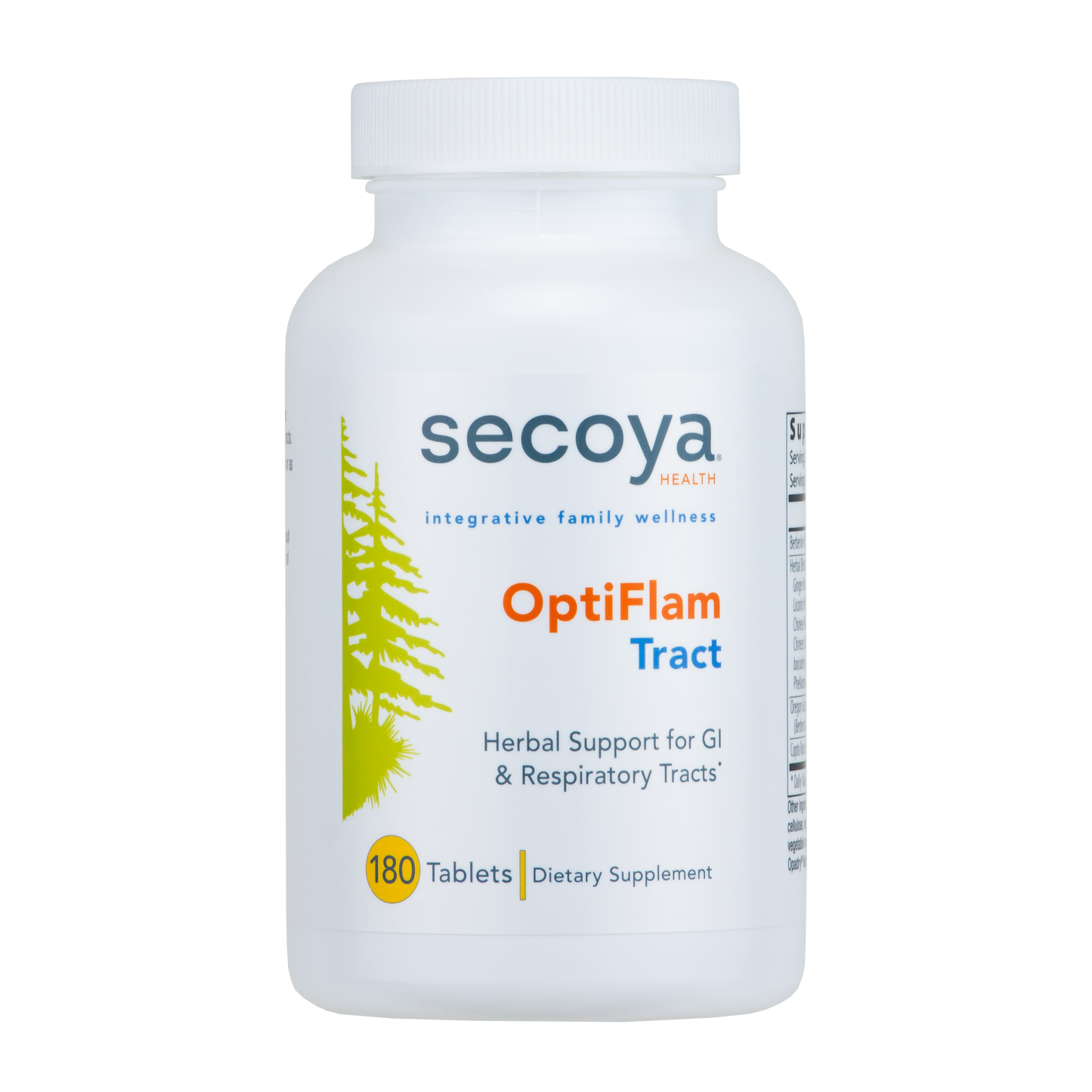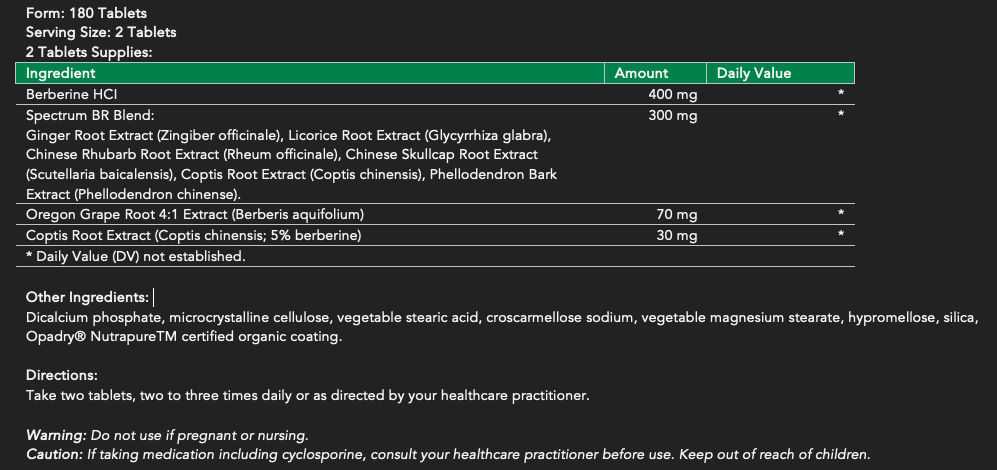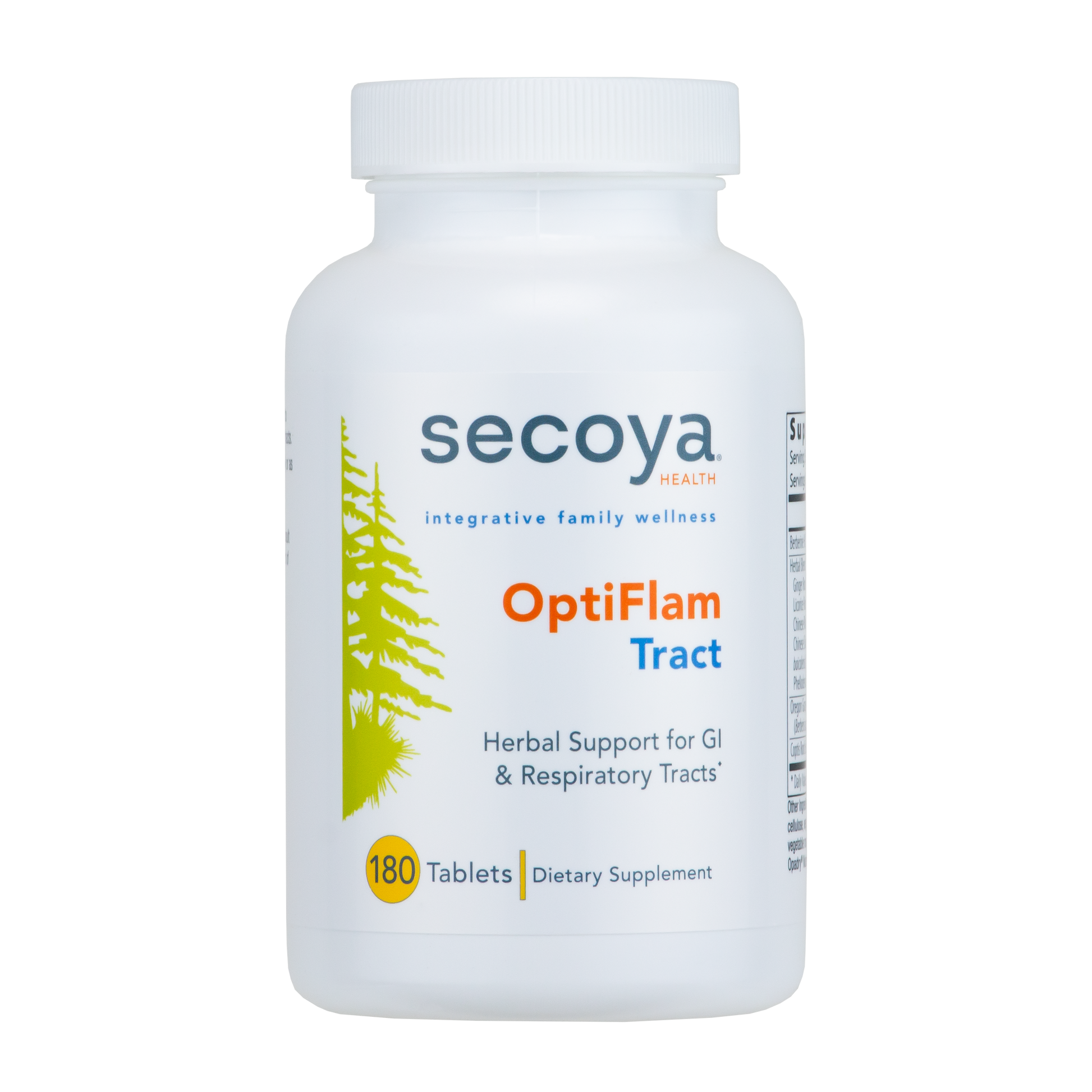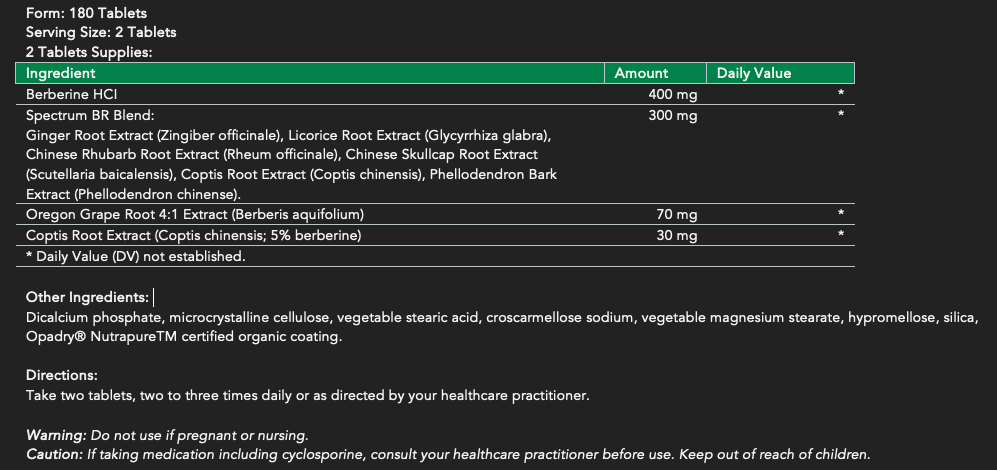Secoya Health
OptiFlam Tract
OptiFlam Tract
Couldn't load pickup availability
Why Use OptiFlam Tract?
The gastrointestinal (GI) tract is a critical indicator of overall health and well-being.2 OptiFlam Tract supports the GI and respiratory tracts.
OptiFlam Tract benefits include:
- Promote a healthy gastrointestinal tract
- Promote a healthy respiratory tract
- Promote healthy anti-inflammatory responses in the body
- Support overall health and well-being
How OptiFlam Tract Works?
Berberine (an alkaloid compound) is the dominant ingredient in OptiFlam Tract.3 Berberine is used in traditional Chinese medicine for its healthy anti-inflammatory response in the intestine.4
The OptiFlam Tract promotes digestive and respiratory health through root extracts from ginger, licorice, rhubarb, skullcap, coptis, and phellodendron.5,6,7,8,9
OptiFlam Tract contains Oregon grape root extract and an additional 30 mg of coptis root extract providing exceptional anti-inflammatory and antioxidant properties.10,11
What is OptiFlam Tract?
OptiFlam Tract is a high potency nutritional supplement to support the health of the gastrointestinal and respiratory tracts. The herbal extracts contained in OptiFlam Tract are used in traditional Chinese medicine for their powerful antioxidant and anti-inflammatory properties.1
The antioxidant and anti-inflammatory bioactive components of OptiFlam Tract include polyphenols, flavonoids, tannins, and vitamins to support optimal gastrointestinal and respiratory tract health.12,13
These statements have not been evaluated by the Food and Drug Administration. This product is not intended to diagnose, treat, cure, or prevent any disease.
References:
-
Salaga, M., Zatorski, H., Sobczak, M., Chen, C., & Fichna, J. (2014). Chinese herbal medicines in the treatment of IBD and colorectal cancer: A review. Current Treatment Options in Oncology, 15, 405-420.
-
Bahmani, M., Zargaran, A., & Rafieian-Kopaei, M. (2014). Identification of medicinal plants of Urmia for treatment of gastrointestinal disorders. Brazilian Journal of Pharmacognosy, 24, 468-480.
-
Feng, R., Shou, J.-W., Zhao, Z.-X., He, C.-Y., Ma, C., Huang, M., Fu, J. Tan, X.-S., Li, X.-Y., Wen, B.-Y., Chen, X., Yang, X.-Y., Ren, G., Lin, Y., Chen, Y., You, X.-F., Wang, Y., & Jiang, J.-D. (2015). Transforming berberine into its intestine-absorbable form by the gut microbial. Scientific Reports, 5.
-
Zhang, Q., Piao, X.-L., Piao, X.-S., Lu, T., Wang, D., & Kim, S. W. (2011). Preventive effects of Coptis chinensis and berberine on intestinal injury in rats challenged with lipopolysaccharides. Food and Chemical Toxicology, 49(1), 61-69.
-
Langmead, L., & Rampton, D. S. (2001). Review article: Herbal treatment in gastrointestinal and liver disease—benefits and dangers. Alimentary Pharmacology & Therapeutics, 15, 1239-1252.
-
Nanjundaiah, S. M., Annaiah, H. N. M., & Dharmesh, S. M. (2011). Gastroprotective effect of ginger rhizome (Zingiber officinale) extract: Role of gallic acid and cinnamic acid in H+, K+-ATPase/H. pylori inhibition and anti-oxidative mechanism. Evidence-Based Complementary and Alternative Medicine, 1-13.
-
Zheng, Q.-X., Wu, H.-F., Guo, J., Nan, H.-J., Chen, S.-L., Yang, J.-S., & Xu, X.-D. (2013). Review of rhubarbs: Chemistry and pharmacology. Chinese Herbal Medicines, 5(1), 9-32.
-
He, Z.-H., He, M.-F., Ma, S.-C., & But, P. P.-H. (2009). Anti-angiogenic effects of rhubarb and its anthraquinone derivatives. Journal of Ethnopharmacology, 121(2), 313-317.
-
Joshee, N., Patrick, T. S., Mentreddy, R. S., & Yadav, A. K. (2002). Skullcap: A potential medicinal crop. Trends in New Crops and New Uses. Alexandria, VA: ASHS Press.
-
, J.-M., & Mu, Q. (2015). The medicinal uses of the genus Mahonia in traditional Chinese medicine: An ethnopharmacological, phytochemical and pharmacological review. Journal of Ethnopharmacology, 175, 668-683.
-
Schinella, G. R., Tournier, H. A., Prieto, J. M., Mordujovich de Buschiazzo, P., & Rios, J. L. (2002). Antioxidant activity of anti-inflammatory plant extracts. Life Sciences, 70(9), 1023-1033.
-
Adel, S., & Prakash, J. (2010). Chemical composition and antioxidant properties of ginger root (Zingiber officinale). Journal of Medicinal Plants Research, 4(24), 2674-2679.
-
Zhao, Q., Chen, X.-Y., & Martin, C. (2016). Scutellaria baicalensis, the golden herb from the garden of Chinese medicinal plants. Science Bulletin, 61(18), 1391-1398.
Shipping & Returns
Shipping & Returns
It is really important to us that our supplements are taken care of properly. Since we don't have control over what conditions they are exposed to after they reach you, we are unable to accept returns for any reason. Thank you for understanding.
Care Instructions
Care Instructions
Please keep your supplements away from the microwave, out of the heat and direct sunlight.
Share




